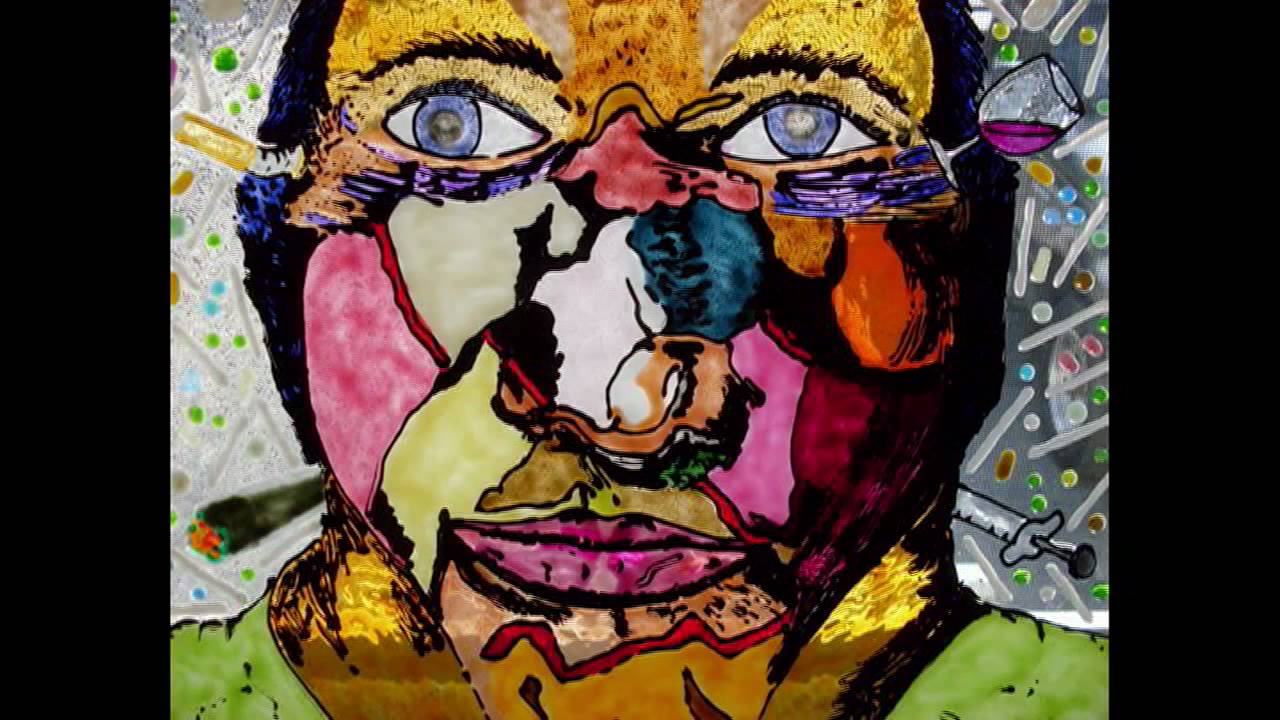Throughout history, there has been a well-documented link between creativity and addiction. Many of the world’s most brilliant artists, writers, and musicians have battled substance abuse, leading to the perception that addiction is almost an occupational hazard for the highly creative. But why do creativity and addiction so often collide? The answer lies in a complex interplay of psychology, environment, and brain chemistry.
The Creative Mind and Its Vulnerabilities
Creativity is often driven by an intense emotional depth and a heightened sensitivity to the world. Artists, musicians, and writers frequently experience the world more vividly, feeling both joy and pain in extreme ways. This emotional intensity, while fueling artistic expression, can also make creatives more vulnerable to addiction.
Many artists struggle with mental health issues such as depression, anxiety, or bipolar disorder. These conditions can contribute to substance abuse as individuals seek relief from emotional turmoil. Alcohol and drugs may appear to offer temporary solace, allowing an artist to escape their internal struggles, but over time, they can exacerbate these issues, trapping the individual in a cycle of addiction.
The Myth of the “Tortured Genius”
Society has long romanticized the idea of the “tortured genius” who turns pain into masterpieces. The lives of legendary artists like Vincent van Gogh, Kurt Cobain, and Amy Winehouse have reinforced this notion. Their struggles with addiction and mental illness have been mythologized, making it seem as though suffering is a prerequisite for creative brilliance.
This dangerous myth can encourage artists to embrace self-destructive behaviors, believing that substances enhance their creativity or that pain is an integral part of the artistic process. In reality, addiction often diminishes creative output over time, leading to personal and professional downfall rather than artistic transcendence.
The Role of Brain Chemistry
Neuroscience offers another explanation for the connection between creativity and addiction. The same brain mechanisms that fuel artistic inspiration—dopamine, the neurotransmitter associated with pleasure and reward—also play a significant role in addiction. Creative individuals often have highly active dopamine systems, making them more prone to both artistic innovation and addictive behaviors.
Drugs and alcohol artificially stimulate dopamine release, creating a sense of euphoria that can be highly appealing to artists seeking heightened experiences. However, prolonged substance use alters brain chemistry, leading to dependence and making it harder for creatives to find inspiration without artificial stimulation.
Breaking the Cycle
While addiction is a significant issue in the creative community, many artists have successfully broken free from its grip. By seeking therapy, joining support groups, and embracing healthier coping mechanisms, creatives can continue to channel their emotions into their work without resorting to self-destruction.
Organizations like MusiCares and Artists Recovery International provide resources tailored to musicians and other creatives battling addiction. Through awareness and support, the myth of the “tortured artist” can be dismantled, allowing artists to thrive without sacrificing their well-being.
Conclusion
Creativity and addiction frequently collide due to emotional depth, societal pressures, and brain chemistry. However, suffering is not a prerequisite for artistic success. By fostering a culture that prioritizes mental health and self-care, creatives can harness their talent without falling into the destructive trap of addiction. True artistry flourishes not in chaos, but in balance and well-being.
